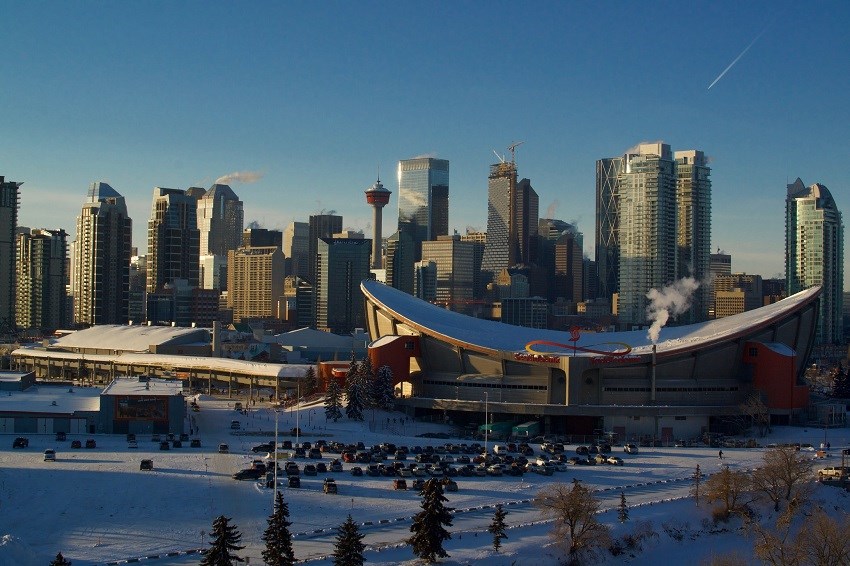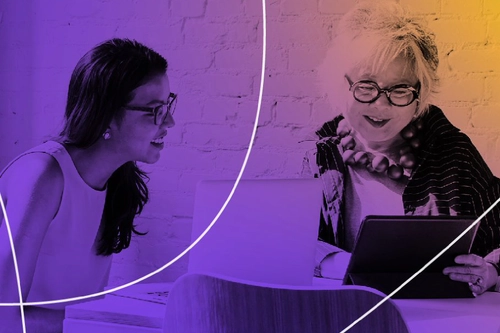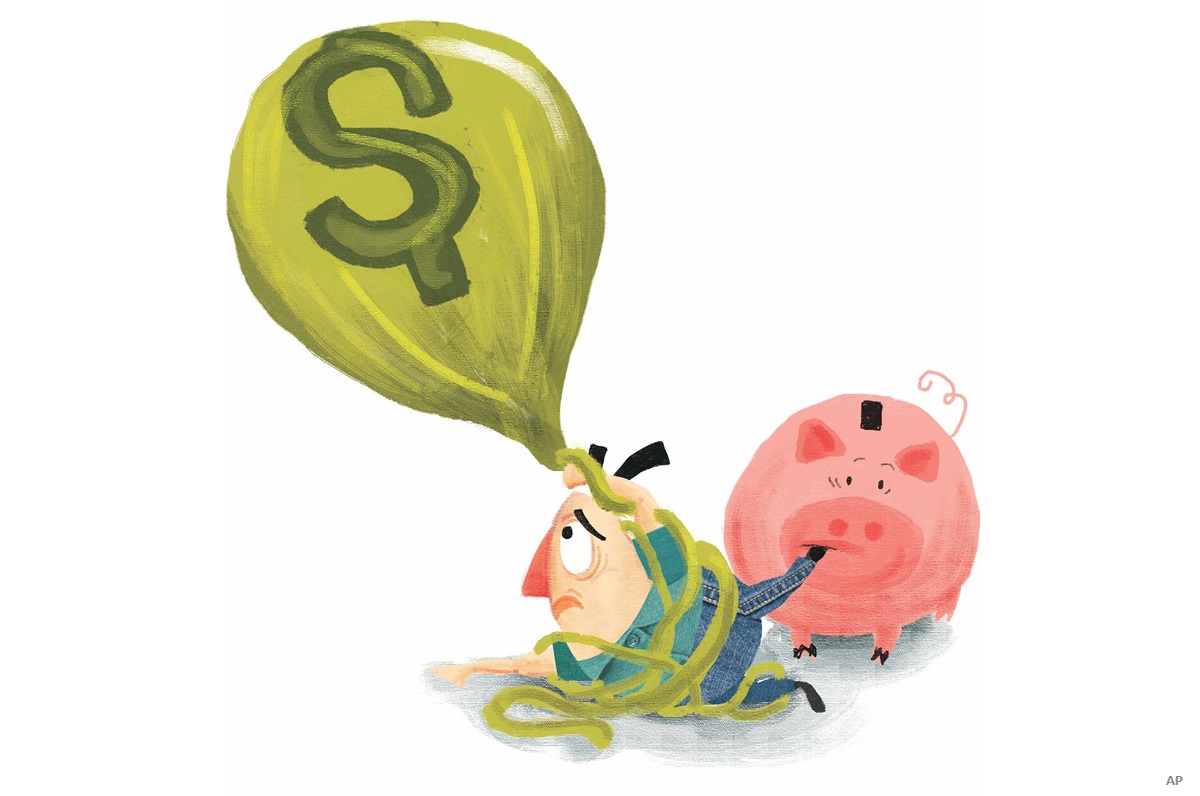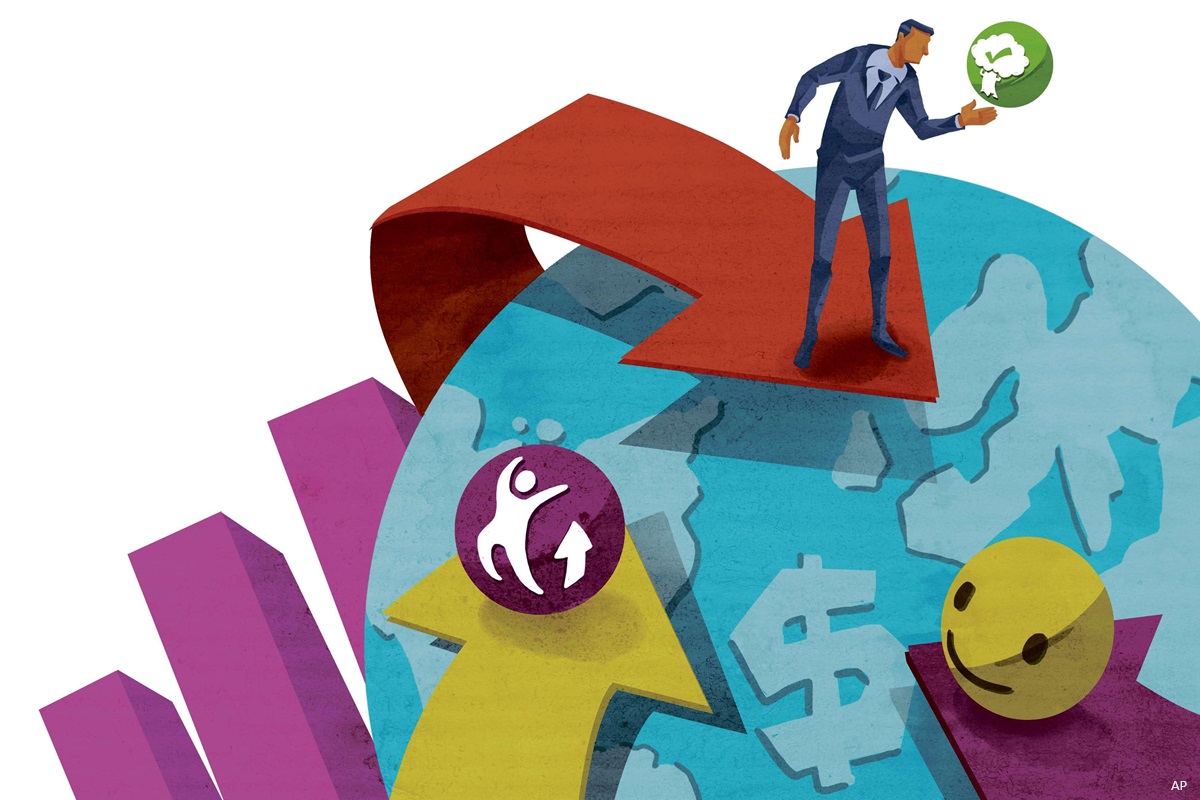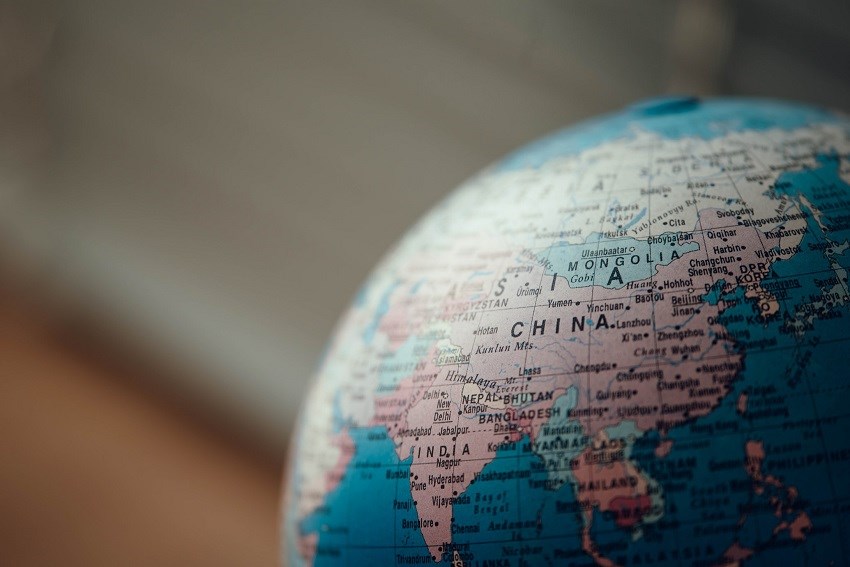
There’s no shortage of conflicts and macro concerns affecting global markets at the moment, let alone in Asia. But in the East, patience is key to letting quality companies weather tough times, says long-time Asia specialist Kenneth Lowe.
“Any major conflict like the Russia-Ukraine one will weigh on risk assets,” says Lowe, a portfolio manager at San Francisco-based Matthews Asia and co-manager of the $392.7 million 4-star silver-rated BMO Asian Growth & Income F (also in Series D). “We deal in emerging markets and these kinds of events will always have meaningful implications for prices in the short term. Of course, the increase in inflationary pressures will have a tangible impact, with elevated cost inputs that will impact operating margins in various sectors across the region. The cost of capital will increase as well. A lot of that is being driven by the supply side, and not quite as much by the demand side.”
A Few Issues
As someone who’s covered Asian markets for close to 16 years, partly with Edinburgh-based Martin Currie Investment Management and since 2010 with Matthews Asia, Lowe maintains that factors specific to Asia have created more than the proverbial double-whammy. “You have regulatory issues in China, which have been headline grabbers. A zero COVID policy is weighing on growth in the near term. And of course, there are political tensions between the U.S. and China. So that’s also been thrown at the geographies that we look at,” says Lowe, whose mandate is to focus on Asian markets, excluding Japan.
“Some of these concerns will linger for some time,” adds Lowe, who shares fund management duties with chief investment officer Robert Horrocks and works within a team that oversees about US$1.4 billion in Asian assets (in total Matthews Asia oversees US$22.7 billion in assets, as of Feb. 28). “If, when, and how we will see a resolution to the ongoing crisis between Russia and Ukraine, I have no idea. It does mean some medium-term ramifications and a number of the aforementioned issues are structural in nature. It’s important to realize that the starting point for markets when we began confronting these issues was very elevated valuations,” says Lowe, adding that the issue of rich valuations began in Asia in 2021 and continued elsewhere this year.
Stick to Plan
“These macro issues are very real in nature and there are medium-term headwinds that will continue to create volatility. Valuations going into this period were high. So it’s difficult to say whether it’s all overdone or not,” says Lowe, who graduated in 2006 with a MA in mathematics and economics from the University of Glasgow. “But I can say there is certainly some value out there for the patient investor at this point. We are finding some really good quality businesses at attractive prices. Ultimately, that’s the acid test for us.”
Forecasting sentiment is not what the Matthews Asia team is about. But it’s anyone’s guess, argues Lowe, when markets will turn positive again. “We are long-term investors. We are thinking: can we find these really good businesses at really good prices, and buy the ones that have the ability and track record to wade through difficult macro environments? We’re not going to be the ones to say there’s a ‘light at the end of the tunnel.’ We will stick to our knitting and buy businesses that have good prospective returns.”
Picks Paying Off
Year-to-date (March 18) BMO Asian Growth & Income F returned -6.69%, while the Asia Pacific ex-Japan Equity category returned -8.16%. Over longer periods, the fund has performed close to or better than the category. Over five years, the fund had an annualized return of 3.61%, versus 4.24% for the category. Over 10 years, it returned an annualized 6.90%, versus 6.10% for the category.
As bottom-up investors, the country and sector allocations are a by-product of the stock-picking process. Currently, China is the largest country weight at 32.7%, followed by Hong Kong 14.2%, South Korea 11.8%, Taiwan 10.2% and India 7.7%. On a sector basis, technology is the largest sector at 23.1% followed by financial services 17.5%, consumer cyclical 17.1% and communication services 12.2%. As the fund is mandated to hold fixed income, it currently has less than 10% in seven convertible bonds. The fund, which has a running yield of about 0.9%, has a turnover rate of 33%.
Five Factors
In building the portfolio of 48 names, Lowe and his team look for five attributes in a company. “We try to find companies with a strong economic moat—and try to ensure that moat is sustainable and possibly even improving. We don’t want businesses where the moat is in decline,” says Lowe. “We look for companies with sensible capital allocation policies. How much are they reinvesting in the business and into dividends and buy-backs and acquisitions? Are they also running a sensible balance sheet for the business model? We look at the managerial track record. That’s not to say that they should be unblemished, because people do make some mistakes. But it’s all about how they run the company and sustain its growth,” says, Lowe, adding that adherence to environmental, social and governance standards is another key factor. “If we can marry those quality characteristics with attractive points for our entry, and sustainable visible growth, these are the components that we’d like to see in a stock that gets into the portfolio.”
Top Picks
One of the top holdings, which has been in the fund since 2015, is Techtronic Industries Co. Ltd. (SEHK: 00669) a Hong Kong-based global firm that produces cordless power tools and outdoor power equipment under the brand of Ryobi and Milwaukee. “They have been outgrowing their category because of the shift to cordless power tools. They are a pioneer in that niche. And they have superior products given the engineering talent that they employ,” says Lowe, noting the firm has a conservative balance sheet and is generating over 20% return on equity.
“We are excited about their demonstrated track record and the excellent management team, and the future growth potential,” Lowe adds. “We think they will continue to have strong growth as they are moving into broader professional trades, such as infrastructure, construction and oil and gas, as well as outdoor equipment.” The stock is trading at 22 times price to forward earnings. “We are not paying an extreme price for what we believe is an exceptionally good quality business.
Another favourite, and a holding since 2012, is AIA Group Ltd. (SEHK: 01299), a leading Hong Kong-based life insurer that markets its products across most of Asia. “They have a larger focus on higher-margin so-called protection products, such as health insurance, than most of the peer group. What’s impressive about AIA is the calibre and productivity of its insurance agency force,” says Lowe. “The track record since its IPO [initial public offering] over a decade ago is exceedingly strong in growing key metrics, such as volume of new business and in capital generation. We believe there is still a lot of growth left in the business.”
“Coverage remains under-penetrated in a lot of countries across Asia,” says Lowe. “There still exists a so-called protection gap. Aging demographics will help drive demand for additional protection products. And they have been growing their channels through partnerships. And China remains the focal point for them as they continue to grow their presence there. There are a lot of growth levers for them to pull on,” says Lowe, adding that the firm’s management track record is very strong and the balance sheet is conservative. The stock is trading at 15.5 times 2022 earnings and pays a 2.1% dividend yield.
Lowe suggests the general equity malaise at the moment could represent a buying opportunity for investors in Asia. “I am fully aware that the macro-economic picture is very mixed. But we are at a point that with a bit of patience there are some really attractively valued, good quality companies out there,” says Lowe. “It’s definitely an opportunity for people who are willing to allocate and take a medium-term view.”





%20(1).jpg)
